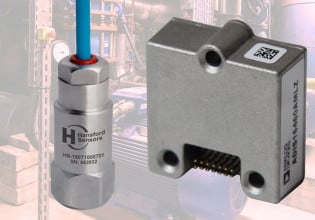A
I have an application that uses a armat plc and a 2500 ppr encoder to cut a product to length on the fly. The problem that I have to over come is that the actual cut is done via pneumatic cyclinders. The system work great when the speed stays constant, but when there are slow downs or speed ups on the line the product length gets longer or shorter. Although the PLC is cutting on the correct amount of pulses. then when the speed levels off the length comes back. Can anyone give me an idea on if there is a way to over come this problem.






